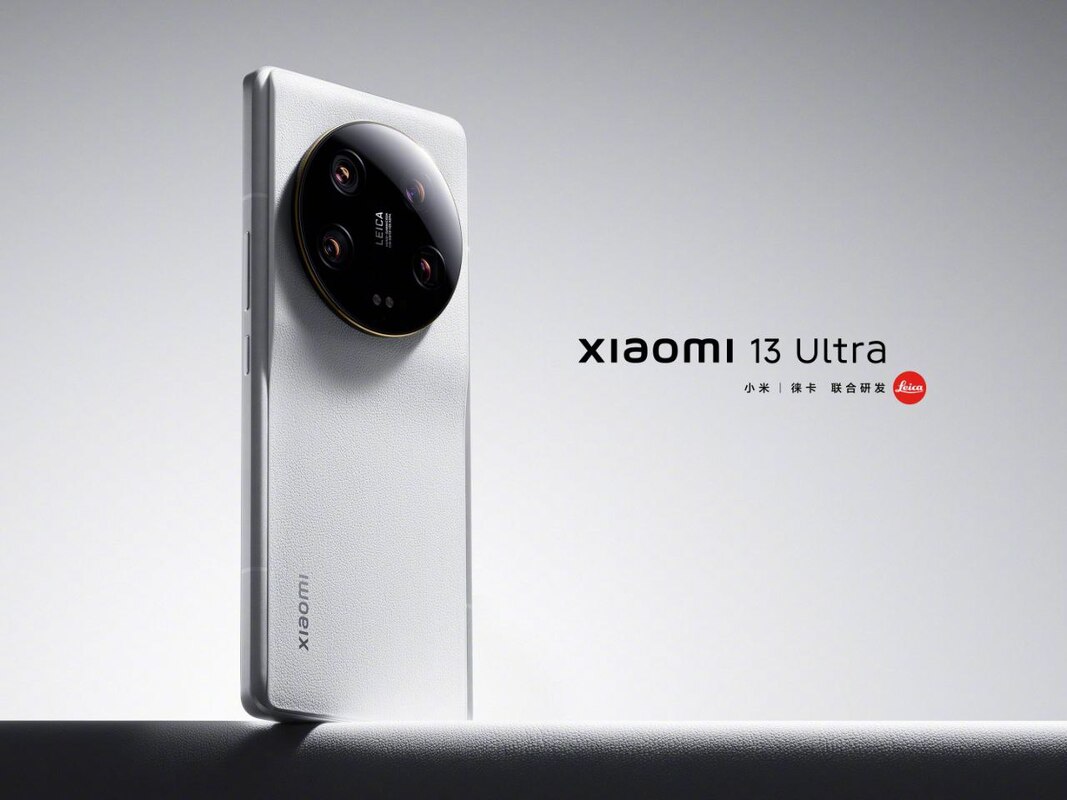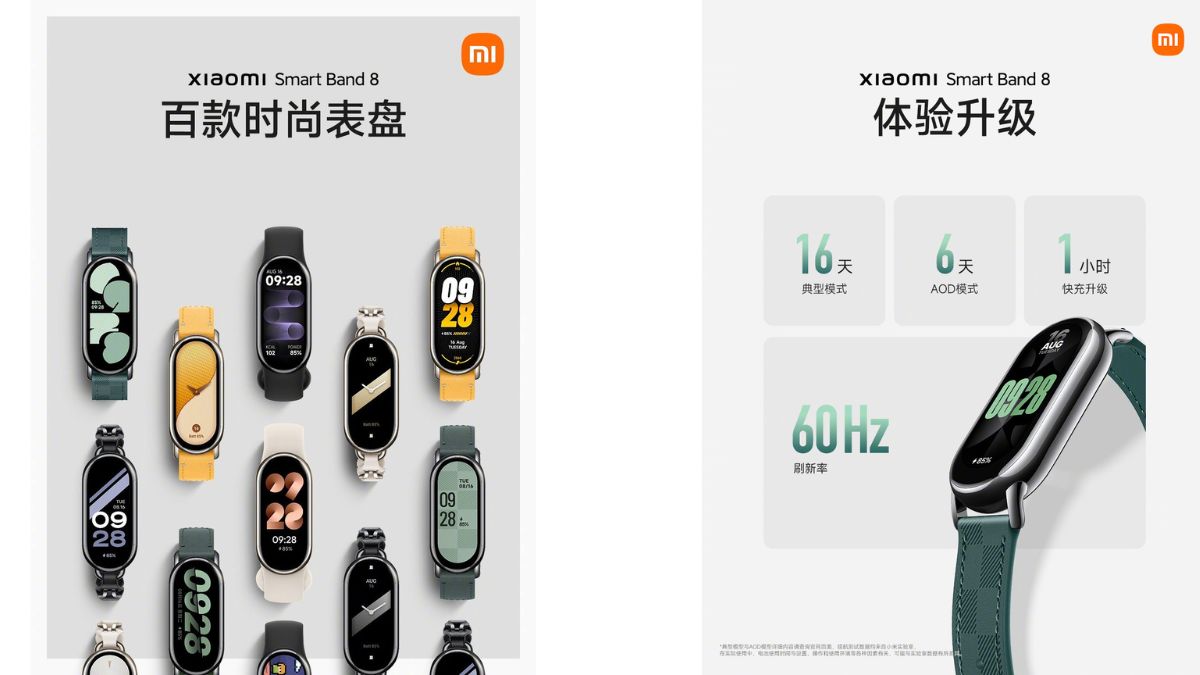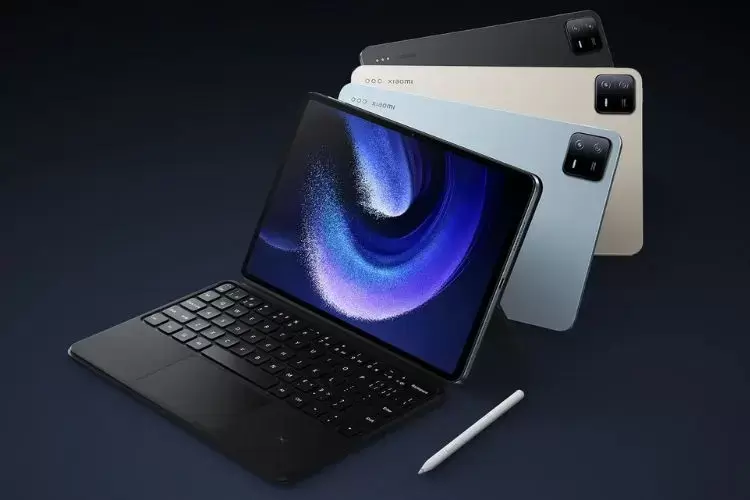The Xiaomi 13 Ultra is equipped with a quad-camera system that includes a 1-inch main camera sensor and a variable aperture inspired by Leica M series lenses. Xiaomi claims that this offers high imaging performance, reliability, and durability in a compact form factor.
The 50MP primary camera boasts Hyper-OIS and uses a Sony IMX989 sensor. The 50MP ultra-wide, telephoto, and super-telephoto lenses utilize the IMX858 sensor and can cover focal lengths ranging from 12mm (ultra-wide) to 120mm (super-telephoto). The primary camera can switch between an f1.9 to f4.0 aperture, while the other three house an f2.0 aperture. The main camera can shoot at 50MP RAW for higher image resolution with multi-frame 14-bit UltraRAW. Inspired by street photography, the Xiaomi 13 Ultra introduces a new "Fast shoot" mode that can take "focus-free" snapshots manually in just 0.8 seconds. There is also a 32MP selfie shooter, as well as access to CyberFocus, various Leica filters, 8K video recording, and more.
The Xiaomi 13 Ultra is a proper flagship smartphone, packing all the high-end hardware. It features a 6.73-inch WQHD+ 120Hz AMOLED display with 2600 nits peak brightness, Dolby Vision, HDR10+, 1920Hz PWM dimming, and in-display heart rate monitoring. The display is protected by Corning Gorilla Glass Victus, and the smartphone has a soft antibacterial silicone leather back. It is also IP68 water and dust resistant.
The smartphone is powered by the latest 4nm Snapdragon 8 Gen 2 chipset, complemented by the Qualcomm Adreno GPU. It packs up to 16GB of LPDDR5X RAM and 1TB of UFS 4.0 Storage, and to maintain peak performance, it has an active Loop liquid cooling technology.
Xiaomi also announced a new video kit accessory for the Xiaomi 13 Ultra smartphone, which turns your phone into a proper handheld camera module. This kit supports 67mm filters from Leica, offers a physical crown for zooming and shutter, and a lanyard for portability. The Video Kit will be made available starting April 21 in China at RMB 700 (~ Rs 8,349).
The Xiaomi 13 Ultra starts at CNY 5,999 (~Rs 71,600) and will be available in China starting April 21. It is aggressively priced to compete with the likes of the Samsung S23 Ultra and the iPhone 14 Pro, with prices starting at CNY 5,999 (~Rs 71,600) for the 12GB+256GB version and going up to CNY 7,299 (~Rs 87,100) for the 16GB+1TB version. International release dates have not been announced yet, but they are expected to be in the coming months.
The wearable has a pill-shaped design and several significant design and feature upgrades. The Mi Band 8 has a 1.62-inch AMOLED touchscreen with a 60 Hz refresh rate, 600 nits of peak brightness, and a pixel density of 326 ppi. There are up to 200 watch faces on the fitness band, and users can change them through the Xiaomi Health App. Some watch faces even allow users to play games such as ping pong, shooter, trivia, and more. The Mi Band 8 supports more than 150 sports modes, including walking, running, cycling, weightlifting, swimming, and more. Additionally, users can track professional data such as stride frequency, stride length, ground contact vacancy ratio, ground impact force, and more. It supports heart rate, sleep tracking, blood oxygen monitoring, and menstrual tracking for females.
In terms of battery life, the Mi Band 8's battery lasts 16 days on a single charge in standard mode. If the Always On Display (AOD) feature is enabled, the battery life lasts for 10 days. The 190mAh battery can be charged in just one hour using its magnetic charger.
Author
-Anurag




 RSS Feed
RSS Feed